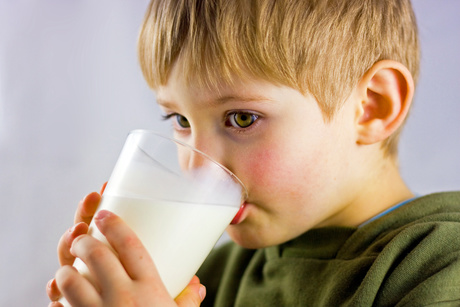Milking it

The increased uptake of ‘ready to go’ breakfast solutions is partly behind the changes in the Western world’s perception that milk is no longer a diet staple.
The dairy milk market in the West has declined in recent years — it is anticipated that in North America, white milk consumption will decline by a massive 2 billion litres by 2021. This decline in white milk consumption in the West is being offset by increasing consumption by the growing middle class in the East — particularly the Middle East, North Africa and China.
Why the decline in the West?
Milk is still a very nutritious food and is generally perceived by consumers to be ‘fresher’ than non-milk alternatives. Consumers are also more likely to agree that milk, rather than non-dairy milk, is free of additives. More also agree that milk is naturally nutritious. Dairy milk is still the ‘go to’ option, but non-dairy alternatives are creeping up.
However, milk has been a staple through everyone’s lives and is basically taken for granted. Milk alternatives such as soy or almond milk add panache to people’s perception of their diet, even though the vast majority of us (91%) regularly consume white milk.
Growth in dairy alternatives
In 2015, US sales of non-dairy milk grew 9% to reach $1.9 billion. Why are people turning to non-dairy milks? Is it as simple as that they are just thought to be ‘better for you’?
According to Mintel, very nearly half of all Americans consume non-dairy milk, including 68% of parents and 54% of children under age 18. 69% agree that non-dairy milk is healthy for children under 18, compared to the 62% who agree that dairy milk is healthy for children.
Regarding non-dairy milk consumers:
- 46% drink it at least once a day (compared to 91% for dairy milk).
- 29% consume non-dairy milk for heart health (compared to 20% of dairy milk drinkers).
- 23% drink non-dairy for weight loss/control (only 8% drink dairy milk for the same reason).
Only 57% of dairy milk consumers drink it straight, whereas 69% use it along with other foods such as cereal and 61% use it as an ingredient.
Almost all non-dairy milk consumers also drink dairy milk. So as we know they have access to dairy milk, we have to assume that their non-dairy milk consumption is by choice and deliberate.
What does dairy milk have to do to become the milk of choice?
Dairy milk has to be connected with good health, good looks and being ‘naturally good for you’ in consumers’ minds. Unless consumers feel they are getting all of these benefits, the non-dairy milk segment will continue to steal the market share:
- 67% of US consumers agree that dairy milk is naturally nutritious, while only 60% agree the same about non-dairy milk.
- 81% agree that dairy milk is free of additives (62% for non-dairy milk).
- 86% of consumers view dairy milk as fresh, compared to the 63% who agree non-dairy milk is fresh.
- The flavoured dairy milk sector grew 5% from 2014–2015 and consumers agree that there are more flavouring opportunities for dairy rather than non-dairy milk.
Milk still has the runs on the board — it just needs to become fashionable again.
What's new on the shelf
From classic reinspired ice cream to West African flavours in a jar and whiskey aged in a gaol,...
What's new: six on the shelf
From classic chocolatey flavours reinspired to Korean delicacies, have a look at what's new...
What's new on the shelf?
From Aussie/American fusion-inspired hot sauce to a canned protein drink for gamers, have a look...














